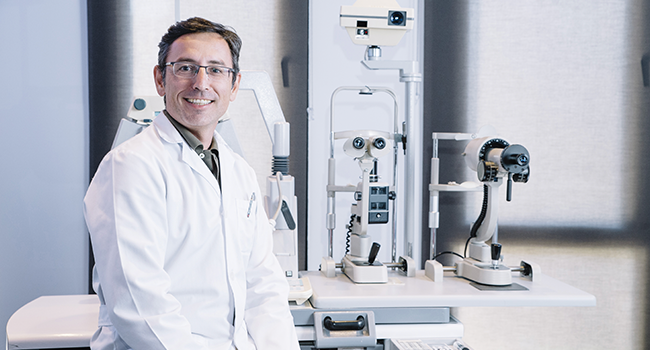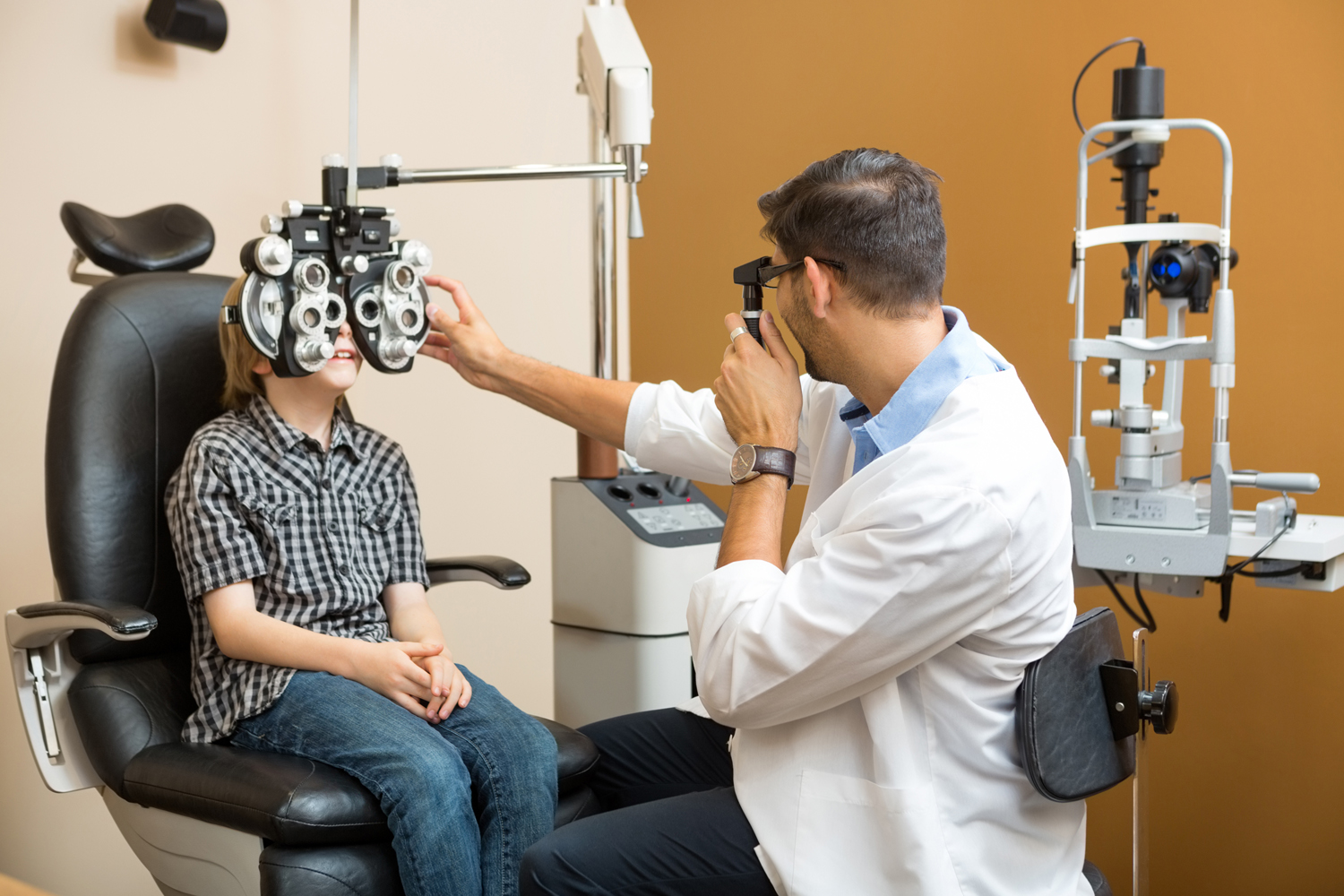Discovering the most up to date Technological Improvements in Optometry and What They Mean for Optometrists
From the precision of Optical Comprehensibility Tomography to the nuanced insights offered by AI-driven analysis devices, these developments are establishing new requirements in individual analysis and therapy. As these innovations penetrate the method, optometrists are encountered with the difficulty of accepting these devices to boost individual outcomes.
Technologies in Diagnostic Tools
Progressing the field of optometry, technologies in analysis devices have changed the way eye treatment professionals assess and detect aesthetic problems and ocular problems. The past decade has experienced substantial technical innovations, enabling even more detailed and precise examinations.
Another key advancement is the intro of innovative corneal topography systems, which map the surface area curvature of the cornea with accuracy. These devices are specifically useful for fitting contact lenses and diagnosing corneal problems. Furthermore, digital retinal imaging has transformed typical ophthalmoscopy, providing thorough, breathtaking views of the retina that facilitate detailed aesthetic assessments.
The development of wavefront aberrometry has additionally been essential, making it possible for the analysis of refractive mistakes with unparalleled accuracy (Eye Doctor Optometrist). This technology assists in customizing corrective lenses and improving surgical outcomes for refractive surgical treatments. Collectively, these diagnostic improvements empower eye doctors to supply exceptional client care, guaranteeing very early intervention and tailored therapy approaches, eventually enhancing visual health results
AI in Individual Monitoring
Building on the structure of innovative analysis tools, the incorporation of expert system (AI) in client monitoring stands for a transformative jump for optometry. AI systems are progressively used to improve effectiveness, accuracy, and customization in patient treatment. By assessing huge amounts of information, AI can identify patterns and anticipate possible eye problems, enabling optometrists to tailor treatments better. This capability is critical in handling chronic eye conditions such as glaucoma and diabetic person retinopathy, where very early discovery and continual tracking are vital.
Furthermore, AI-driven platforms promote structured patient communications and administrative procedures. Automated organizing, digital assessments, and individualized follow-up strategies not only enhance patient fulfillment but also optimize time administration for practitioners. These systems can triage individuals based upon the urgency of their problems, making certain that those in critical need receive punctual interest.
In addition, AI enhances decision-making by offering eye doctors with evidence-based referrals and treatment paths. By incorporating information from electronic health and wellness records, AI devices offer understandings that educate clinical decisions, decreasing the threat of errors and improving individual end results. As AI continues to develop, its function in person management will likely broaden, improving the landscape of optometric care.
Advancements in Retinal Imaging
In the world of optometry, retinal imaging has actually witnessed impressive technical developments that are improving diagnostic capabilities and patient treatment. Innovations such as Optical Coherence Tomography (OCT) and fundus photography have actually revolutionized exactly how eye doctors assess the retina and imagine.
Improved imaging techniques like OCT angiography are further refining analysis accuracy. This non-invasive technique maps blood flow in the retina, providing critical understandings right into vascular health and wellness without the demand for dye injections. In addition, flexible optics technology is being incorporated into retinal imaging systems to fix eye aberrations, delivering extraordinary image quality. Such improvements facilitate the identification of min retinal modifications that can indicate condition development.
In addition, innovations in expert system are augmenting retinal imaging by making it possible for automated analysis of large datasets. These systems aid optometrists in identifying patterns anonymous a sign of pathology, thereby boosting analysis accuracy and effectiveness. Collectively, these technologies are changing retinal imaging into a keystone of contemporary eye care, boosting results and broadening restorative opportunities.
Teleoptometry's Expanding Duty
Teleoptometry is significantly becoming an important element of eye care, driven by developments in data and diagnostic tools. As optometry accepts digital change, teleoptometry assists in remote appointments, enabling eye doctors to extend their solutions past standard limits. This is especially beneficial in underserved and country areas where access to specialized eye treatment is usually restricted. By leveraging high-resolution video clip conferencing and advanced retinal imaging, eye doctors can carry out thorough eye tests from afar, making certain timely diagnosis and treatment.
The combination of man-made knowledge (AI) further boosts teleoptometry, enabling the evaluation of aesthetic data and assisting in the discovery of eye conditions such as glaucoma and diabetic retinopathy. AI-powered formulas can rapidly translate complicated imaging information, giving eye doctors with valuable insights that bolster professional decision-making.
Moreover, teleoptometry supports connection of treatment with smooth assimilation with digital wellness records (EHRs), enabling optometrists to keep comprehensive patient histories. When consulting with various practitioners., this guarantees that individuals obtain individualized and regular treatment also.
Regardless of these advantages, obstacles remain, including making certain data protection and managing patient assumptions. Nevertheless, teleoptometry stands for a significant stride in the direction of more obtainable, efficient, and patient-centered eye treatment. As technology advances, its function is positioned to increase additionally.

Future Fads in Eye Treatment
A myriad of ingenious fads is set to reshape the future of eye care, driven by technical improvements and the evolving needs of individuals. One substantial pattern is the combination of man-made knowledge (AI) in diagnostics, which guarantees to improve the precision and effectiveness of eye assessments. AI algorithms can examine substantial quantities of information from retinal images, possibly identifying problems like diabetic person retinopathy and glaucoma earlier than typical techniques.
Furthermore, personalized medicine is my blog acquiring grip in optometry, with hereditary testing educating personalized therapy plans. This technique aims to optimize client results by tailoring treatments to specific genetic profiles. Wearable modern technology, such as clever call lenses, is likewise coming up, offering real-time surveillance of intraocular pressure or sugar levels, thus supplying continuous understandings into ocular and systemic health.
The fostering of enhanced truth (AR) and virtual reality (VR) in training and patient education and learning is another emerging trend. These innovations use immersive experiences that can boost understanding and abilities both for optometrists and individuals. As these trends develop, eye doctors have to remain abreast of technical advancements to supply advanced care, making sure enhanced individual outcomes and complete satisfaction in the dynamic landscape of eye treatment.
Conclusion

Collectively, these analysis improvements equip optometrists to provide remarkable person care, guaranteeing very early treatment and customized treatment approaches, eventually boosting aesthetic health results.

As these modern technologies continue to develop, eye doctors have to adapt and integrate them right into method, inevitably enhancing operations effectiveness and boosting the criterion of eye care delivered to clients.